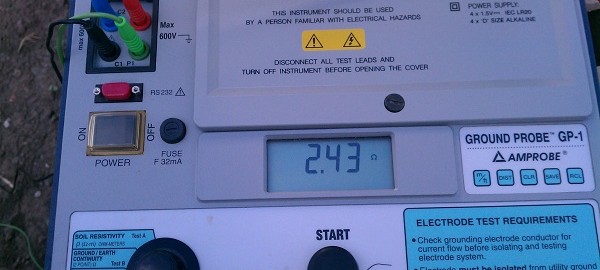Deep Earth Ground Continued
By Chris SeveyBlogANSI IEEE standards for power quality grounding state:
IEEE 142-5.1
The grounding of sensitive electronic equipment, such as computers…. and similar electronic equipment, has been found to be one of the important items in achieving useful operation from these systems.
ANSI IEEE also states:
IEEE 142 (4.1.2)
The ground resistance of the ground electrode system should be…. 1-5 ohms for commercial and industrial services. Many equipment vendors require less than 3 ohms.
The best way to achieve a ground resistance of less than 3 ohms is by installing a deep earth ground system. The average 8 to 10-foot ground rod will not meet minimum NEC code requirements for earth resistance. The resistance of a shallow (10 feet or less) electrode will vary greatly as seasonal conditions change. Due to high earth resistance, the typical shallow electrode is unable to maintain an electrical system at earth potential during transient voltage conditions and lightning surges. Where stable resistance values of less than 5 Ohms are required, electrode depths of 30 – 60 feet are necessary. Installing deep earth driven electrodes is effective and practical for both new and existing facilities.
The ENSEVA facility in Hiawatha, Iowa has installed two 30 foot deep earth ground electrode systems. With two systems they achieve redundancy and each system measures 2.43 ohms, well below the minimum standard.

